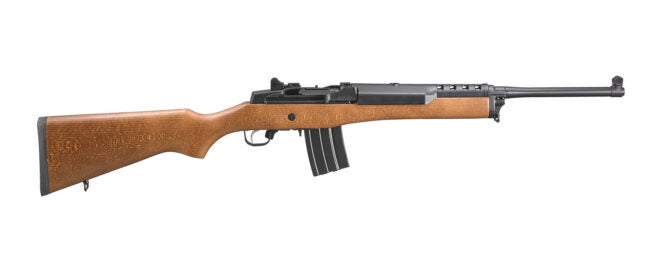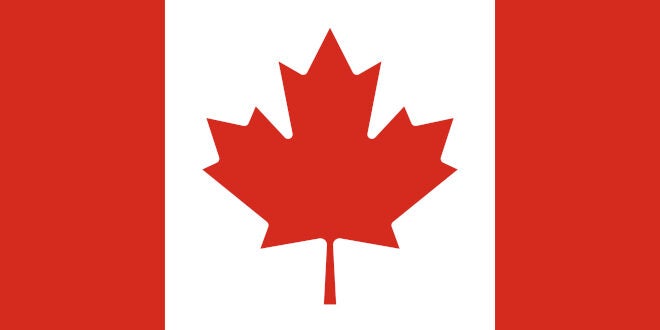The bill for the Canadian federal government’s current gun grab stands at nearly $42M CAD right now—and the cash-for-seizure program doesn’t appear to be remotely close to getting guns from individual firearms owners.
Laws and Regulations @ TFB:
- SILENCER SATURDAY #318: ATF eForms Update, Upcoming Suppressor Projects
- Minnesota Lawmakers Ponder Rimfire Tube Mag Restrictions Under “Assault Weapons” Ban
- Oh Canada! Canucks Getting Their Gun Licenses In Record Numbers
- Iowa Politicians Approve “Guns In Schools” Students First Safety Act
That cost—it works out to roughly $30M USD—might not seem like much to American readers, considering it’s for a nationwide firearms confiscation program (the government calls it a buy-back, as usual). But considering the smaller size of the Canadian shooting market, despite record growth in numbers, it’s a lot of cash.
Where did the money go? At least $2M CAD has gone to IBM. IBM is supposed to be developing a plan for the so-called buy-back, and its initial fee has quickly ballooned. There are also 15 RCMP employees working on the plan for the seizures as well, plus at least a half-dozen other federal workers. And since this particular gun grab was announced in May 2020, the only guns it has taken were firearms that were surrendered pre-emptively by their owners—surely a small percentage. All the affected firearms are currently covered by amnesty, so almost nobody is in a hurry to give up their property until they have to.

A wide range of firearms, including the Ruger Mini 14, are targeted in the May 1, 2020 OIC gun grab. [Ruger]
What’s being seized?
It’s hard to keep track of which particular firearms are targeted by the Canadian federal government, due to a constant onslaught of gun control legislation impacting various sectors of the firearms world. Currently, handgun sales and import are banned in Canada, but those are a separate legal matter from the May 2020 firearms ban.
In the past few years, the feds also famously tried to pass firearms legislation banning weapons such as .50-cal sniper rifles, but the wording was so poor that popular hunting rifles including almost all semi-auto deer rifles, although the government quickly said that wasn’t their real intent. That legislation has been reworked, but still, the laws come so thick and fast now that almost no Canadian shooters can keep on top of them.
Leaving all that aside, the firearms targeted by the buy-back program are mostly semi-auto rifles. Although AK- and AR-pattern rifles have long been banned in Canada, other semi-autos such as the Ruger Mini-14, along with VZ-58 rifles and lots, lots more were targeted by the May 1, 2020 ban (commonly known as the OIC ban, since the ban was passed by an Order In Council, outside standard legislative process).
Despite much tough talk from the majority parties in Parliament and tens of millions spent, the reality is that the police forces themselves have commented their unhappiness on the OIC ban, no doubt partly because many officers see their own property affected. The provinces, particularly the western provinces, have united in a resistance effort that shows the feds they’ll do whatever possible to slow the process down as well.
One win for the gun grabbers: They did manage to persuade the CSAAA (the industry body in Canada) to sign up to help acquire now-banned firearms from dealers, who have been sitting on that unsold inventory since 2020. But there’s been little crowing from the government about that program, despite whatever success it has seen.
When you add it all up, with another Canadian federal election coming by the fall of 2025, it seems the sheer logistics of the seizure program rule might be its downfall, especially since they apparently aren’t even close to starting to seize firearms from individual owners.
 Your Privacy Choices
Your Privacy Choices
